In the Monetary Policy Statement, RBA said the economy is “gradually coming out of a soft patch” with GDP growth recovering. Outlook is largely unchanged from three months again, supported by low interest rates, tax cuts, ongoing infrastructure spending and upswing in house prices. Labor markets “has been resilient”, but unemployment will still be “somewhat short of” estimated full employment rate of around 4.5%. Inflation remains “low and steady”, and it’s expected to pick up “only gradually”.
RBA also noted that the board was “mindful that rates were already very low and that each further cut brings closer the point at which other policy options might come into play.” And, further easing could “unintentionally convey an overly negative view of the economic outlook”. After three rate cuts this year, RBA stood pat in November, and this “allows time to assess the effects of the recent easing of monetary policy as well as global developments.” But the central also pledged it’s “prepared to ease monetary further if needed”.
The new economic projections are largely unchanged. GDP growth is forecast to average 1.75% in 2019 (revised down from 2.00%), 2.75% in 2020 (unchanged), 3.00% in 2021 (unchanged). Unemployment rate is forecast to be at 5.25% by end of 2019 (unchanged), 5.25% by end of 2020 (unchanged), 5.00% by end of 2021 (unchanged). CPI if forecast to be at 1.75% by end of 2019 (unchanged), 1.75% by end of 2020 (unchanged), 2.00% by end of 2021 (unchanged).




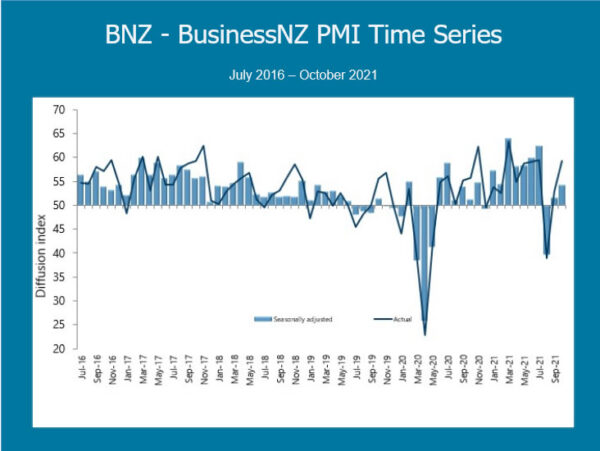
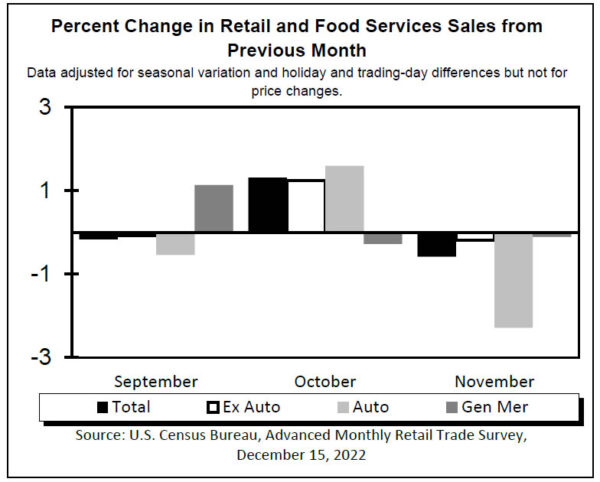
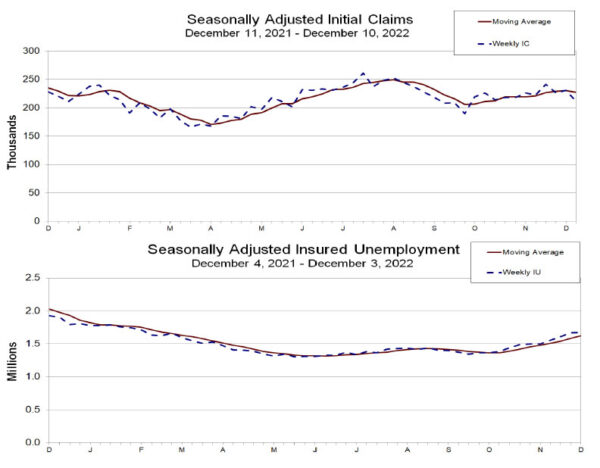
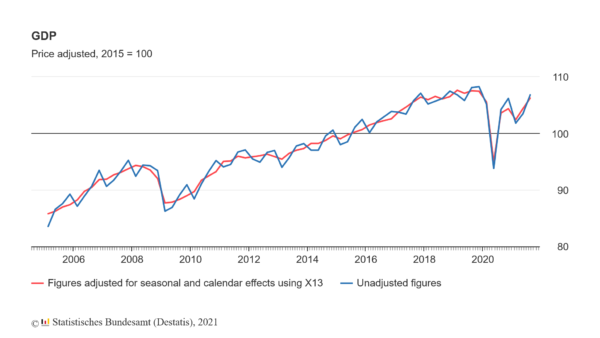
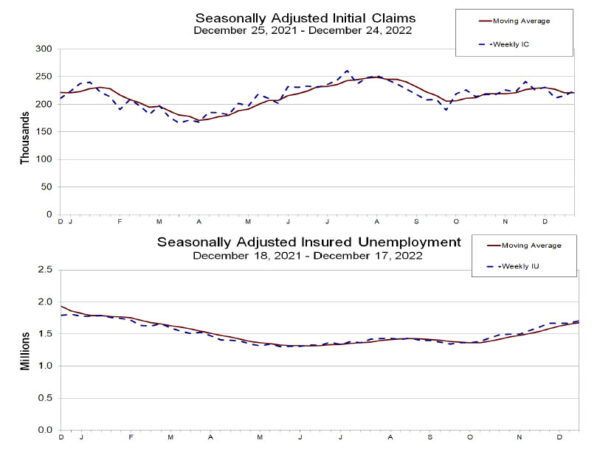
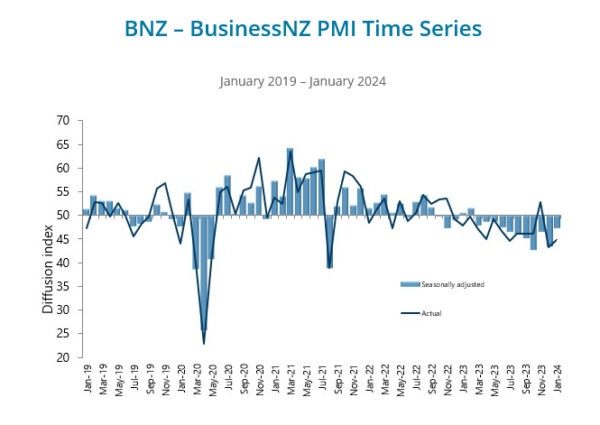
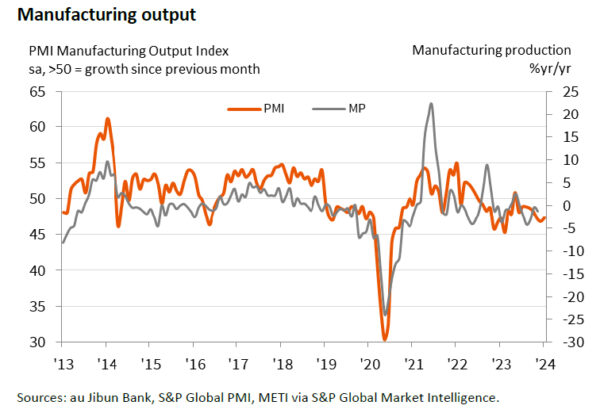
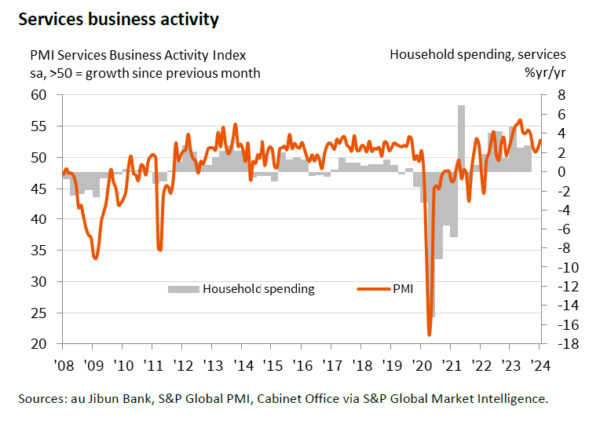
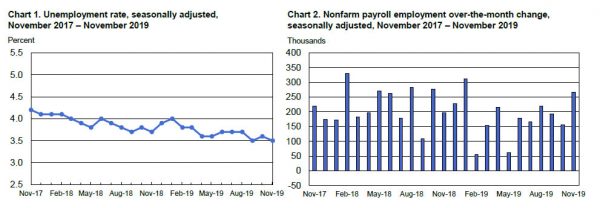
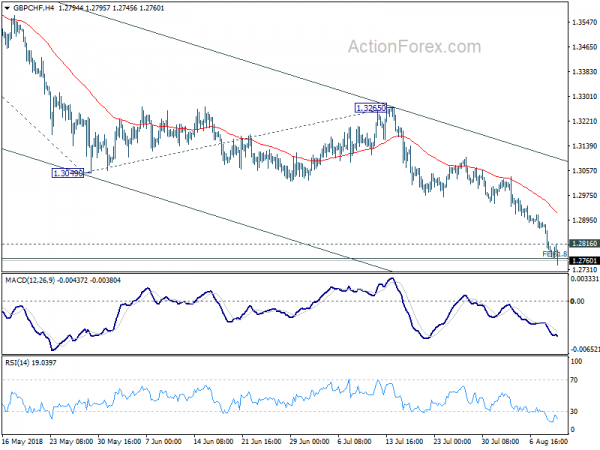
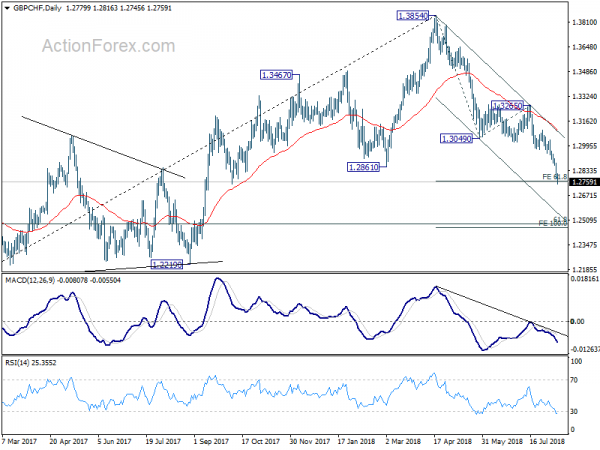
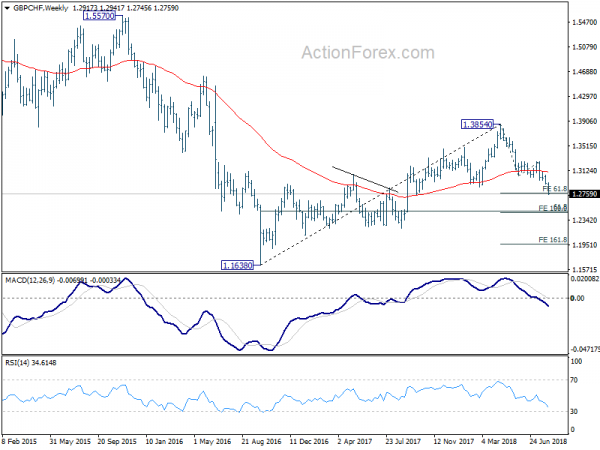
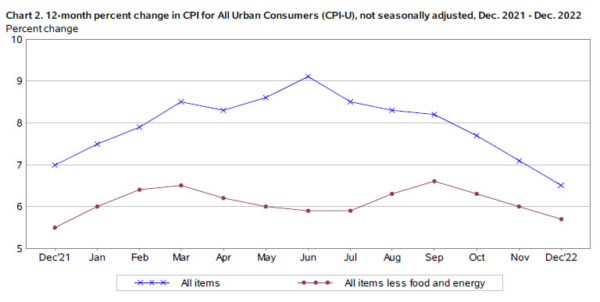
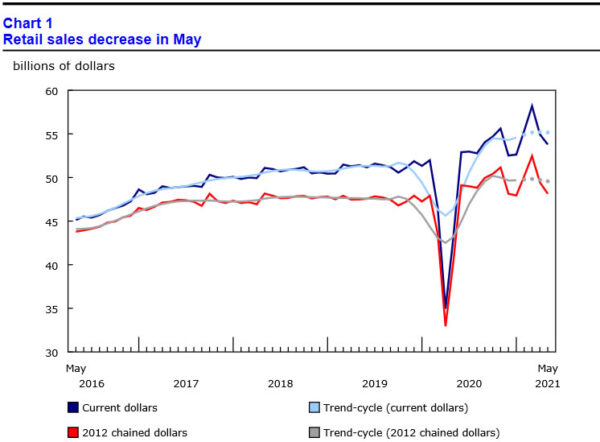

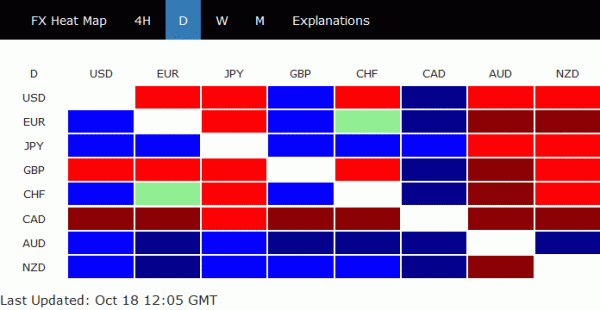
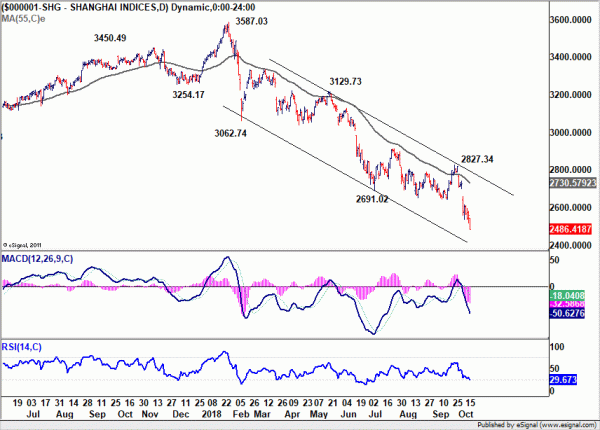

Japan cabinet revised down fiscal 2018 growth forecast
Japan Cabinet Office presented new economic projections at the Council on Economic Fiscal Policy today.
For current fiscal 2018, the economy is projected to grow 1.5% in real term. That’s a downgrade from prior projection of 1.8%, down at the start of the year. In nominal terms, the economy is projected to grow 1.7%, sharply lower from prior forecast of 2.5%, due partly to slowdown in property investment.
The office forecasts the economy to grow 1.5% in the fiscal-2019, in price adjusted real terms. That’s after adjustment to the planned sales tax hike in October 2019. In nominal term, GDP is projected to grow 2.8%.
For the current fiscal 2018, overall CPI is projected to be at 1.1%, unchanged from prior estimate. Overall price CPI is forecast to rise 1.5% in fiscal 2019. With adjustment on the sales tax hike, overall CPI is projected to slow to 1.0%.